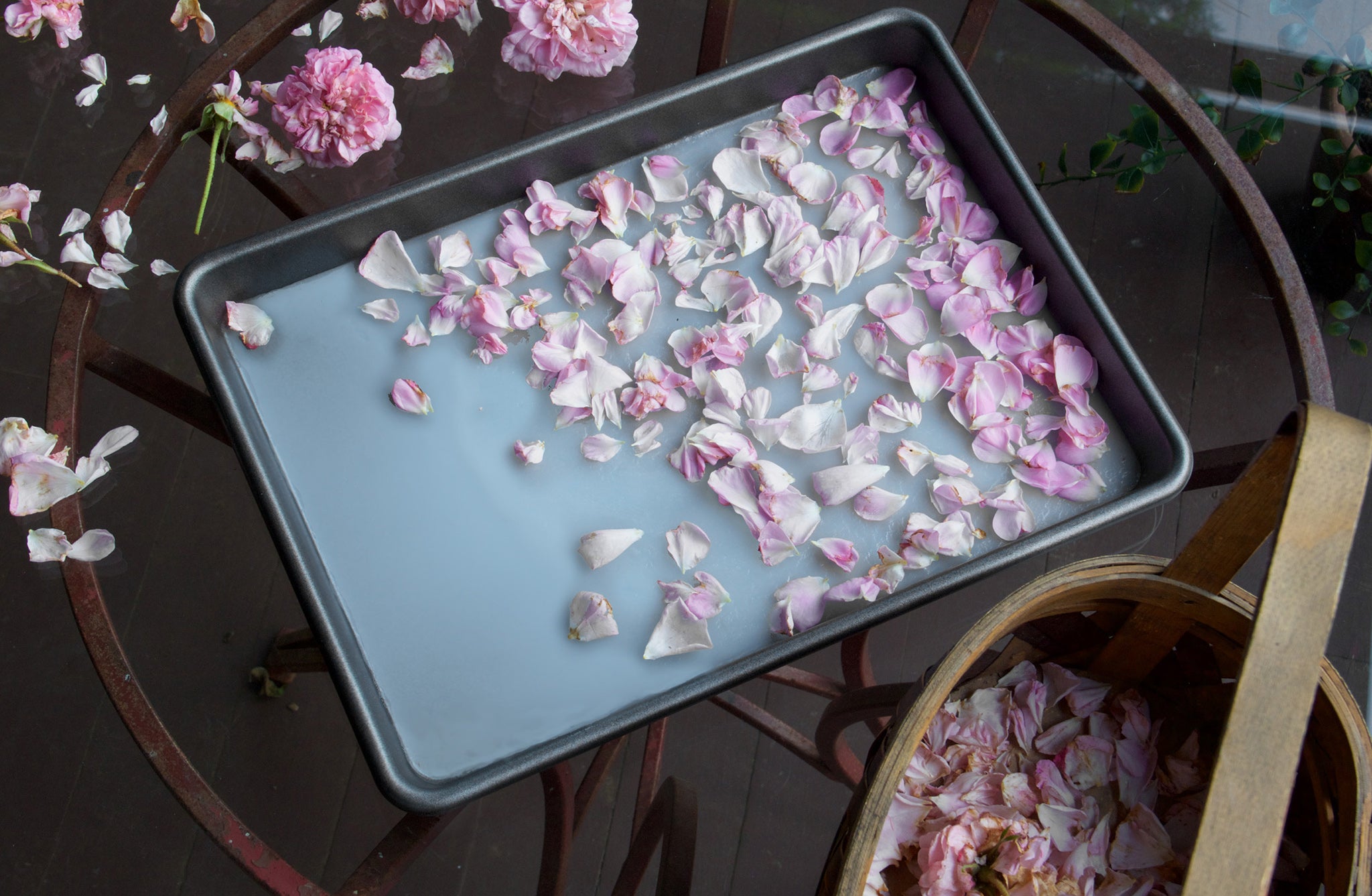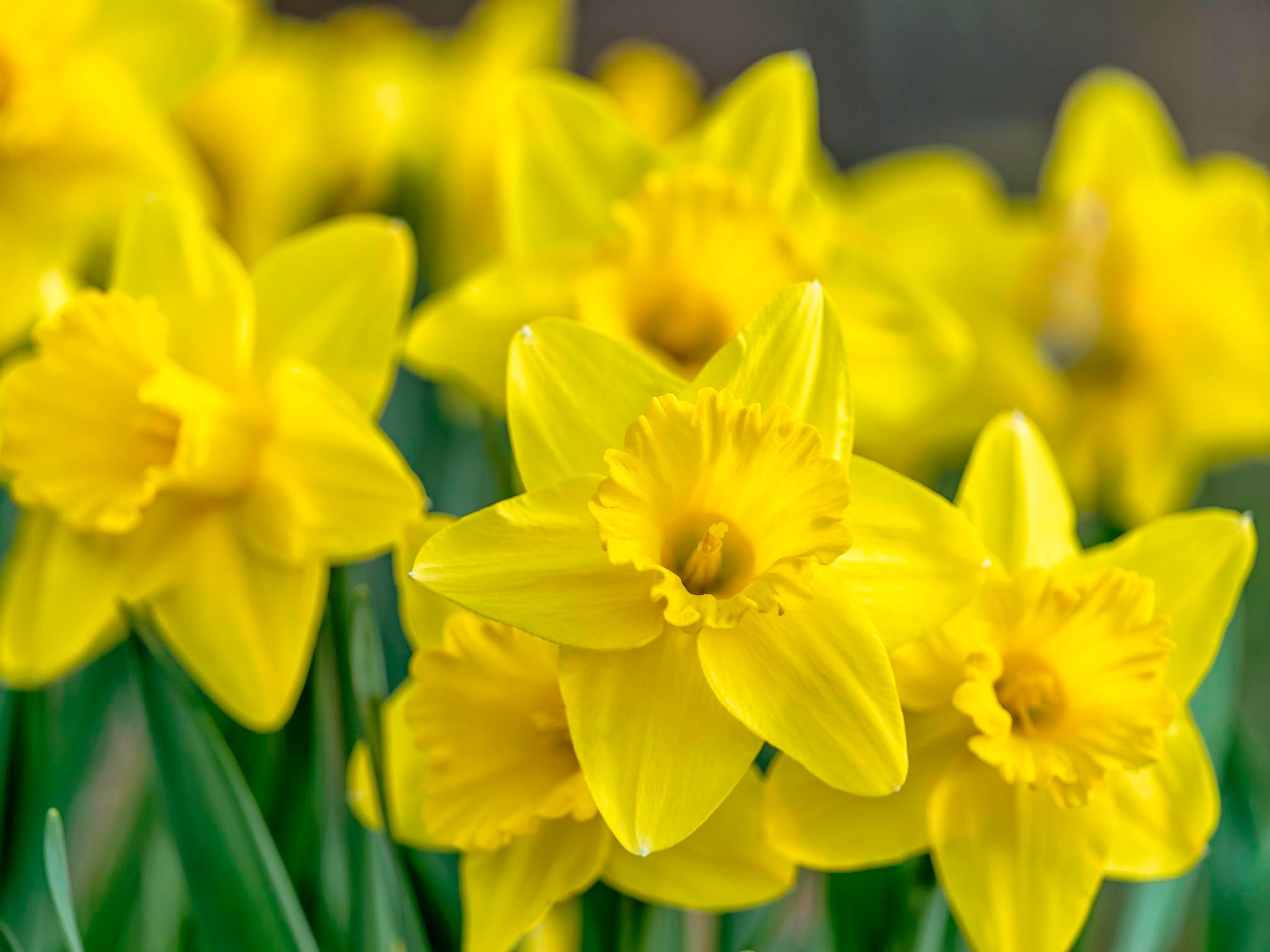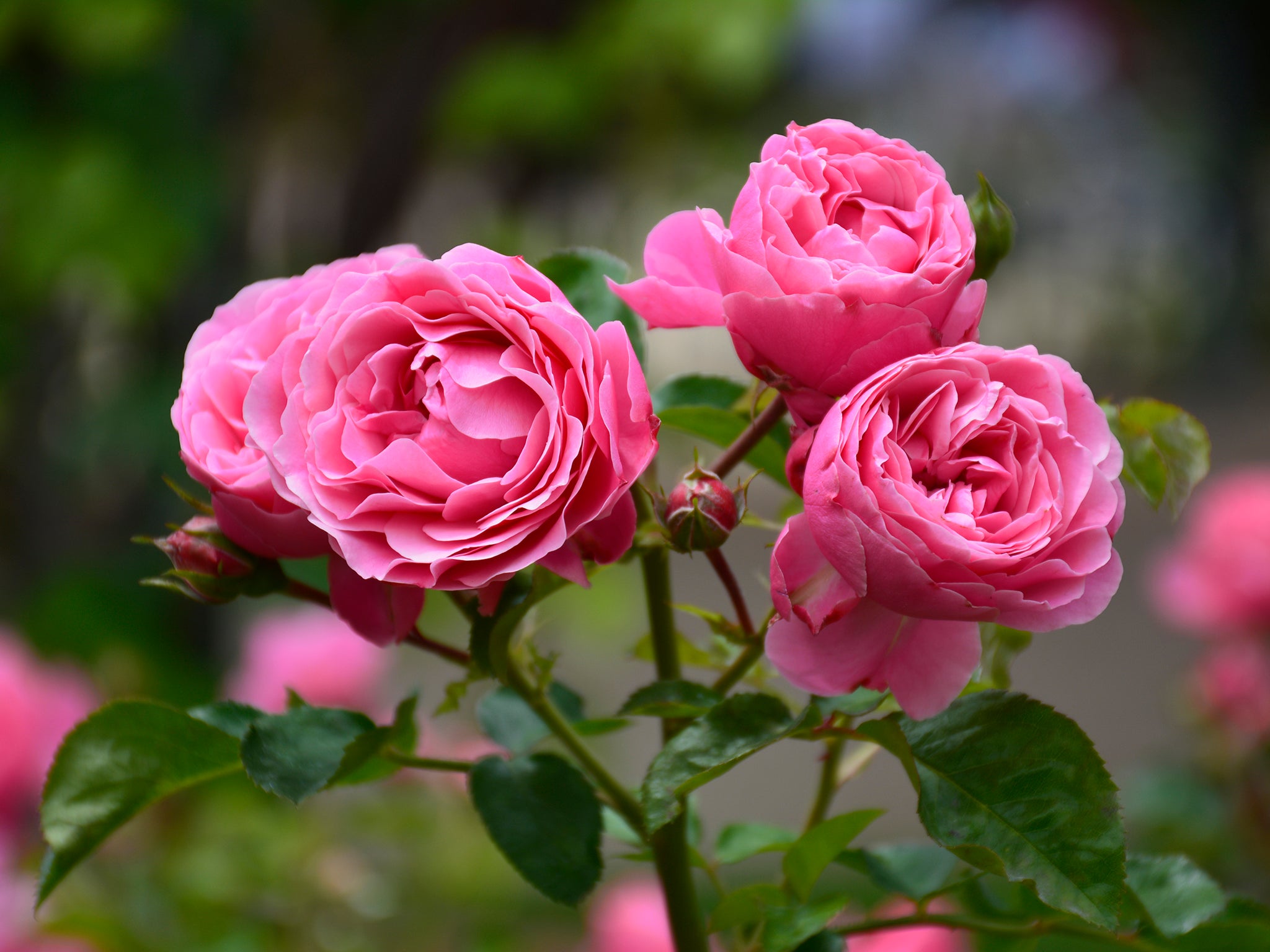Scents and sensibility: Time to wake up and (actually) smell the roses
We are a generation that have become used to lacklustre smelling botanicals. Adrian Higgins gets to the root of how we can make our gardens smell great again

Your support helps us to tell the story
From reproductive rights to climate change to Big Tech, The Independent is on the ground when the story is developing. Whether it's investigating the financials of Elon Musk's pro-Trump PAC or producing our latest documentary, 'The A Word', which shines a light on the American women fighting for reproductive rights, we know how important it is to parse out the facts from the messaging.
At such a critical moment in US history, we need reporters on the ground. Your donation allows us to keep sending journalists to speak to both sides of the story.
The Independent is trusted by Americans across the entire political spectrum. And unlike many other quality news outlets, we choose not to lock Americans out of our reporting and analysis with paywalls. We believe quality journalism should be available to everyone, paid for by those who can afford it.
Your support makes all the difference.One of the delights of the autumn garden is to sit beside a sheltering hedge of the evergreen osmanthus, a holly lookalike that late in the year produces tiny white blossoms that fill the still air with a knockout perfume.
The hidden nature of the fragrance adds to the delight of savouring the garden one last time, and it makes you yearn for ways to add more scent to the garden.
As an exercise in garden planning, assembling a bouquet of ornamental plants is harder than you might think. A shrub or perennial must jump through a number of hoops before attempting the fragrance trick. It must grow in your climate and your site conditions. It must have visual appeal, not just in its enduring blossoms but also such other traits as growth habit and foliage appeal. These considerations have taken much of the scent out of our gardens.
There are other reasons our gardens seem to have lost their fragrance. You look back at gardens full of rose bowers, wisterias, lilacs and mock orange and think earlier generations valued this sensory delight more than we do.

Veteran garden book author Ken Druse reminds me that there were at one point 150 commercial nurseries raising violets for New Yorkers, some of the violets for their simple delight but many for use as nosegays to displace the odours of a horse-drawn city.
Druse’s latest book, The Scentual Garden, is a reminder that the array of scented plants – tender and hardy – is bountiful.
Certain fragrances – of lilacs, for example – will trigger distant childhood memories in a way other sensory cues cannot
“I’ve always been interested in fragrance,” he says, adding that the first thing we do when we get close to a flower is to see whether it smells. Three-year-olds do it, so we must be wired for flower sniffing.
Certain fragrances – of lilacs, for example – will trigger distant childhood memories in a way other sensory cues cannot. “It’s the same part of the brain where memories are stored, so there’s a biological connection,” he says.
Druse considered the science behind fragrance – it has to do with the release of molecules of volatile compounds and how we receive them – and came up with his own classification of floral smells, a dozen in all, including “medicinal”, “spice” and “forest.”

The mouthwatering botanical plates in the book, redolent of 17th-century Flemish still-lifes, are by photographer Ellen Hoverkamp.
Like me, Druse finds many of the more pungent odours not only interesting but appealing. We are both fans of buxus scent, paperwhite daffodils and oriental lilies; these have their detractors. Even the skunk cabbage, Druse says, has its allure. He calls its scent “animalic”.
“I don’t want to wallow in them, but I don’t mind them,” he says. “It reminds me they’re alive.” And that he’s alive? “I’ll go there,” he says.
Some of the historically important perfumed vines such as Asian wisterias, Japanese honeysuckle and sweet autumn clematis have fallen from grace because of their invasive qualities. The same can be said of various species of the bulletproof silverberry, still in wide use, I remember, in the 1990s.
Other woody plants bloom fragrantly and retreat into mediocrity the rest of the year, which is a problem if they take up precious space in today’s smaller gardens. The lilac and the mock orange are good examples, though you can find a smaller version of the lilac, and I think it would be fun to plant the big, twiggy mock orange, and prune it annually to prevent it getting rank.
If some common fragrant woody plants have fallen from favour, there are still many to turn to. Druse writes that the native fringetree has honey-scented flowers; summersweet smells of clove, and heptacodium, related to honeysuckle, has a sweet floral scent.
Americans have no idea what roses used to smell like
The most fabled, scented shrub of all – the rose – has had fragrance beaten out of it by a century and a half of breeding for the sake of its flower. Certain breeders – the late David Austin was an example – have toiled resolutely to put the scent back into the rose. Antique varieties are still available for the resourceful gardener to find. Even heirloom varieties have complex bloodlines – China, Damask, Bourbon, etc. – but each brings its own notes of clove, musk or soaps, Druse says, adding: “Americans have no idea what roses used to smell like.” Treat your nose; plant one next spring, if you have an open sunny site.
You can find scent in unexpected places. After admiring a daffodil or tulip, the next step is to smell it; some are piquantly fragrant. Paperwhites belong to a class of daffodils named Tazetta; fragrant garden varieties include Avalanche, Geranium and Minnow.

The sweetest-smelling daffodils are jonquils. Druse recommends 13 scented jonquil varieties, including Baby Moon, Pipit, Suzy and Sailboat. Some common varieties of tulips please the nose, among them Angelique, Apricot Beauty, Ballerina, Mount Tacoma and Prinses Irene.
Winter-flowering witch hazels are known for their scent, but some varieties are far more fragrant than others. The Chinese witch hazel is the most powerfully scented, but the native vernal witch hazel is pungently fragrant, though the flowers are not showy. Among the perfumed hybrids, Druse commends Westerstede and Rochester.
The interest in native plantings of perennials and grasses need not forgo the perfume. The various mountain mints, or pycnanthemum, exude a mintiness in summer and draw pollinators like few other flowers. If you crush the leaves, Druse writes, you get “a super wake-up smell”.
One of my favourite grasses, prairie dropseed, has the curious benefit of smelling like cilantro (coriander) in late summer. (Druse thinks of the fragrance as popcorn-like.) A massing of them will test your affinity for this scent.
Surprisingly, the pond garden can be scented, with pitcher plants and water lilies, particularly tropical varieties.
The lotus blossom is heavy in scent, but you have to be close to catch it. The experience is one of those choice moments in the garden when the sight and scent of a blossom are matched superbly. The lotus fragrance is syrupy sweet and exotic, as befits the blossom.
The key to lotus sniffing is to have a plant close enough to the edge of the pond that you don’t fall in smelling it. If that were to happen, though, the price might be worth it.
© The Washington Post
Join our commenting forum
Join thought-provoking conversations, follow other Independent readers and see their replies
Comments